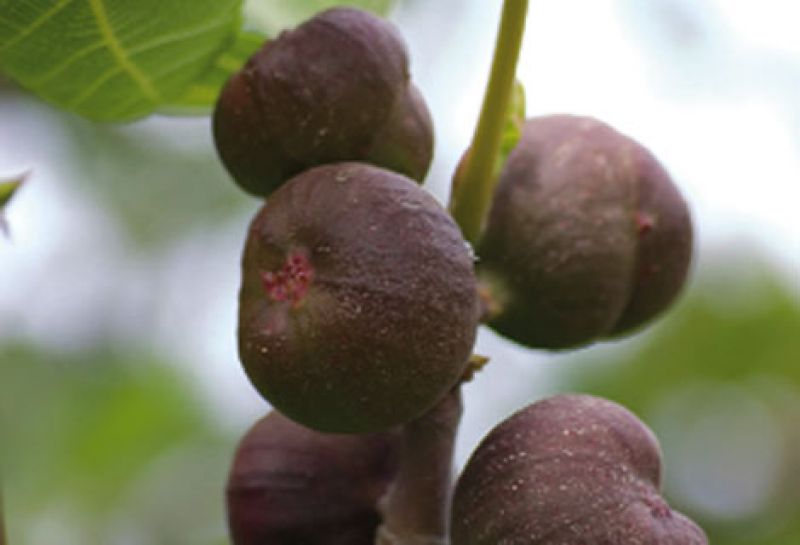
Did our Ask the Experts section get you interested in planting a tree of your own? Before purchasing, keep in mind that fig trees can reach 15 to 30 feet in height. Also consider root sprawl—you will need to plant it in a place where it has plenty of room to grow. “It’s especially important to purchase figs from reputable nurseries that sell self-pollinating cultivars suitable for Southeastern gardens,” notes Amy Dabbs, Clemson University Horticulture Extension Agent.
“Harvest the fruit when the stems that hold the figs begin to wilt.” When it comes to summertime care for your fig tree, it is essential to make sure that the tree is pruned well enough for sunlight to penetrate the top and air to circulate throughout. “Air circulation is important to diminish the risk of fungal infections,” explains Dabbs.
“Once the coldest weather has passed, just prune the tree into a bush shape and remove all dead limbs, as these could interfere with growth.” To determine your tree’s fertilizer needs, it’s a good idea to get an annual soil test through your local extension office. However, as a general rule of thumb, choose a 8-8-8 or a 10-10-10 fertilizer, making sure to follow all label directions.